Dogs have long been mankind’s loyal companions, evolving from wild ancestors into beloved family pets. Yet, not all dog breeds were originally created to live comfortably on a couch or snuggle up on a pillow. Many breeds were developed for specific, rugged purposes—guarding, herding, hunting, or working in extreme conditions—where companionship was secondary to function. Some of these breeds still carry strong instincts and traits that make them ill-suited for typical pet life, especially in urban or casual settings.
Here are 10 dog breeds that were never truly meant to be household pets.
Alaskan Malamute
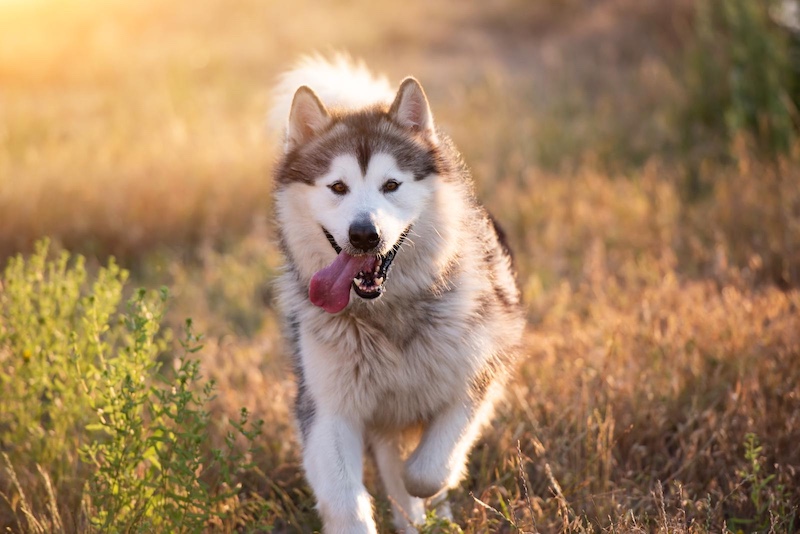
The Alaskan Malamute was bred to haul heavy freight over long distances in the harsh Arctic climate. These dogs are incredibly strong and energetic, designed to work in packs and endure brutal cold. Their independent nature and intense exercise needs make them a challenge for most pet owners, especially those without large open spaces or active lifestyles.
Basenji
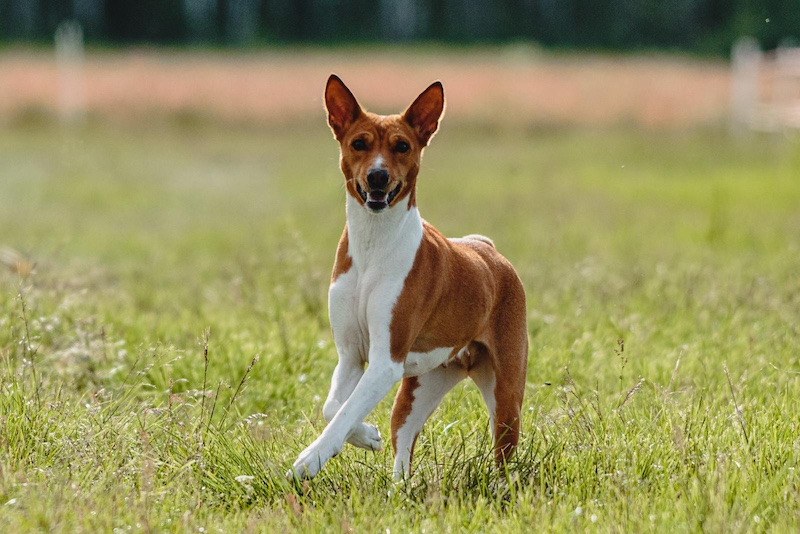
Known as the “barkless dog,” Basenjis were bred for hunting in the African jungle. Their unique vocalizations and high prey drive reflect their wild origins. They are independent, stubborn, and highly alert, requiring experienced handling and plenty of mental stimulation—traits that clash with the typical easygoing pet lifestyle.
Dogo Argentino
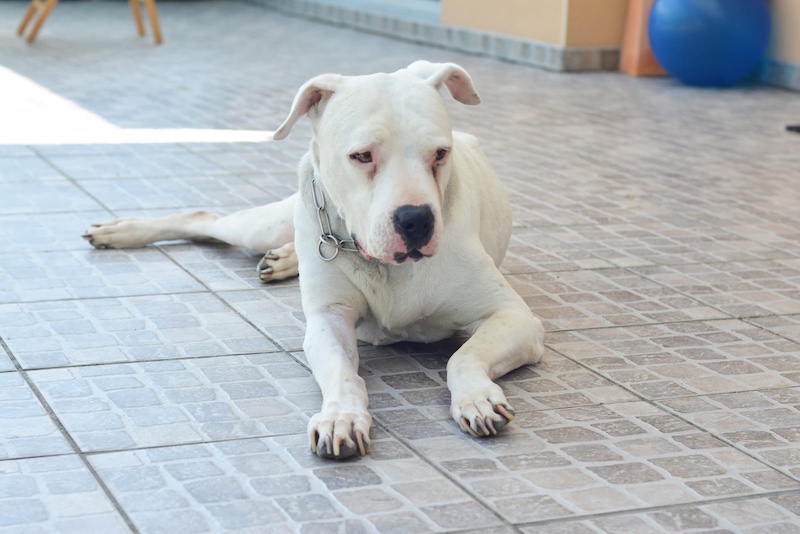
Originally bred in Argentina to hunt big game such as wild boar and puma, the Dogo Argentino is a powerful and courageous dog with strong protective instincts. Their muscular build and high prey drive mean they require firm leadership and a purpose beyond simple companionship. Without proper training and exercise, they can become difficult pets.
Akita Inu
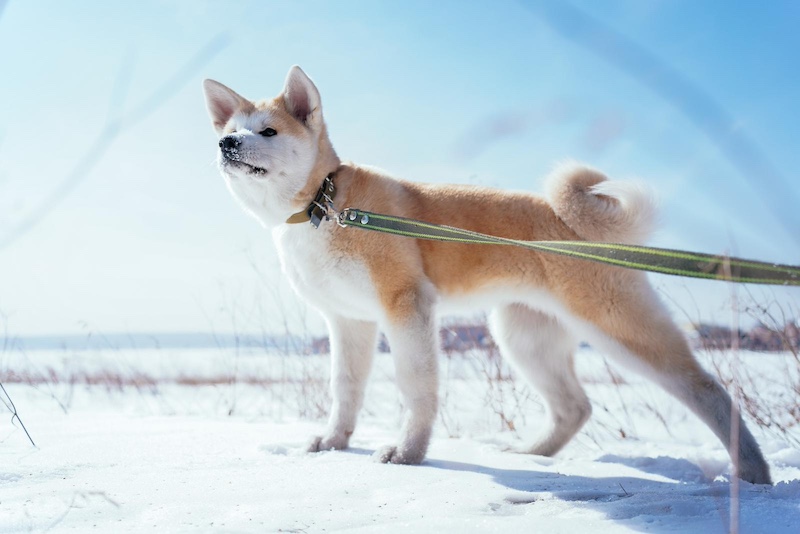
This Japanese breed was developed for hunting bears and protecting royalty. Akitas are fiercely loyal but often aloof with strangers. They possess a strong prey drive and territorial instincts that require consistent socialization and leadership. Their original role was never as a casual family pet, but as a dedicated guardian.
Kangal

The Kangal is a Turkish livestock guardian dog famous for its ability to fend off large predators like wolves and bears. These dogs have immense strength and independence, bred to work with minimal human guidance. Without an appropriate working environment, Kangals may develop behavioral issues, making them unsuitable for typical pet homes.
Pharaoh Hound
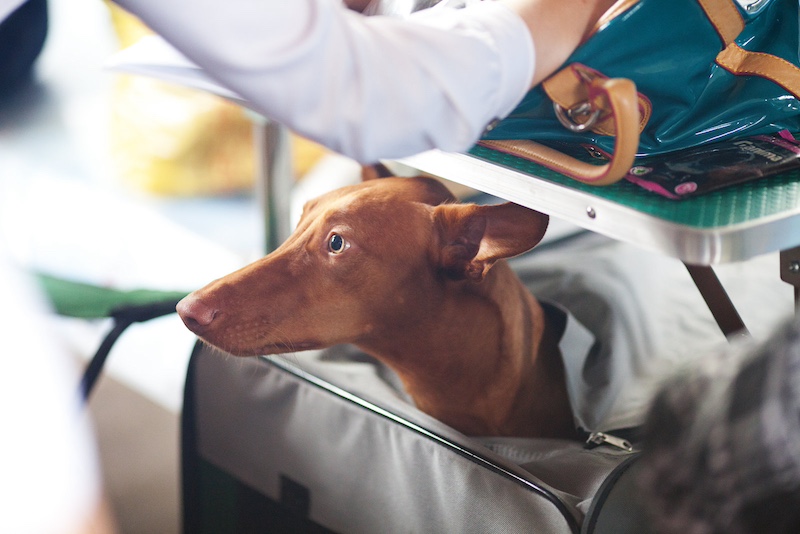
Bred to hunt rabbits in Malta’s rugged terrain, the Pharaoh Hound is a fast, agile, and alert dog with a strong prey drive. Their keen hunting instincts and need for exercise often clash with indoor living. Their elegant appearance masks a wild, driven spirit.
Rhodesian Ridgeback
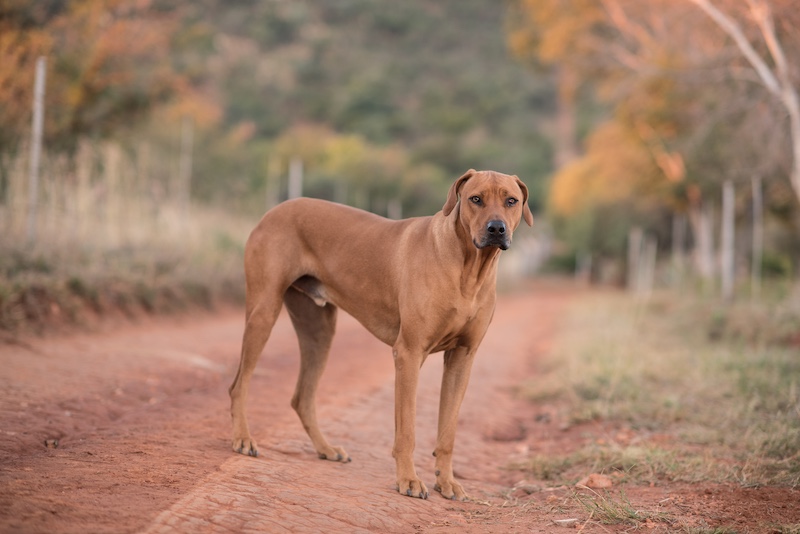
Originally bred in Southern Africa to track and corner lions, Ridgebacks are fearless and tenacious. Their hunting heritage means they have a high energy level and strong prey drive. They need consistent exercise and training to be well-mannered pets, but their instincts can be challenging for inexperienced owners.
Belgian Malinois
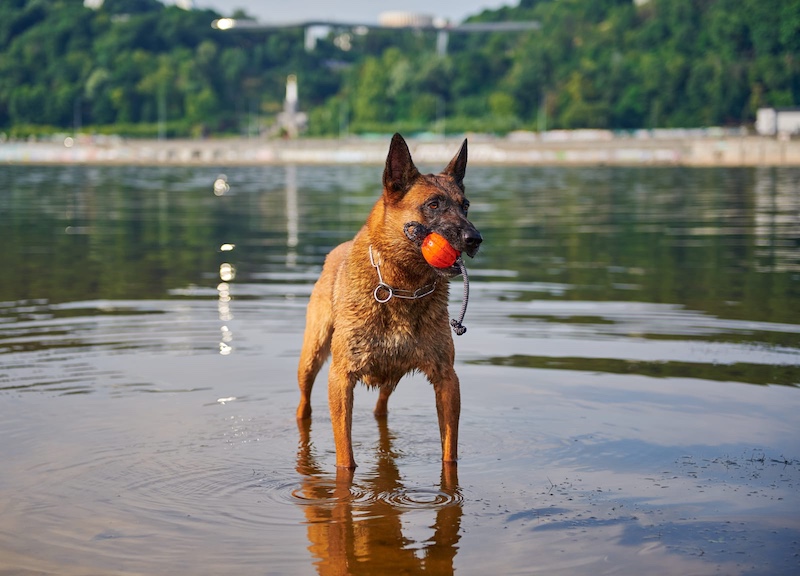
Highly prized in military and police work worldwide, the Belgian Malinois was bred for herding and protection. They are intensely energetic, intelligent, and driven, needing constant physical and mental challenges. Without a job or active lifestyle, they can become destructive or anxious, making them a poor fit for casual households.
Tibetan Mastiff
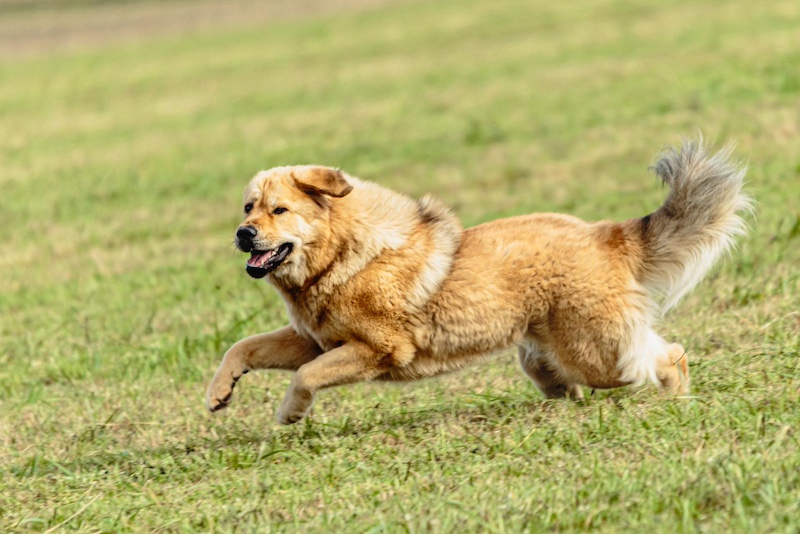
Bred to guard monasteries and livestock in the Himalayas, the Tibetan Mastiff is naturally wary, aloof, and fiercely territorial. They’re known for being independent and stubborn, often making their own decisions. As pets, they can be challenging to control without firm, experienced leadership.
Caucasian Shepherd
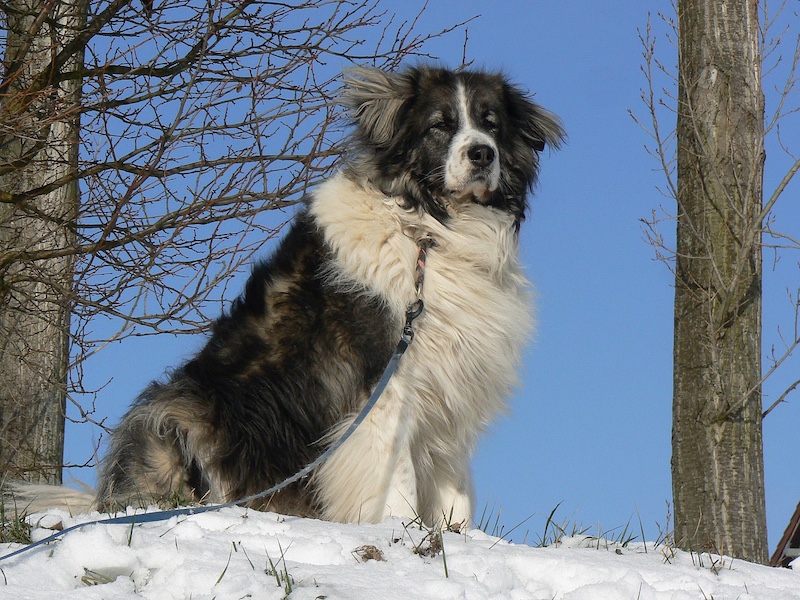
These massive dogs were developed to guard flocks from predators like wolves and bears in the Caucasus Mountains. Their guarding instincts are deeply ingrained, and they can be aggressive toward strangers and other animals. Their sheer size and protective nature make them difficult to manage in a family home.
- Please Note: This content was created with the assistance of AI and thoroughly edited by a human before publishing.

